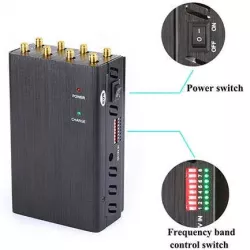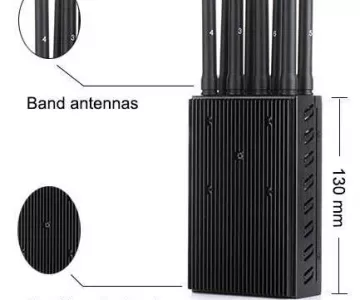How can I block cameras or listening devices hidden in my home

Due to the enforcement of various laws on hidden cameras in various states in the United States, their use may be somewhat ambiguous in law. Generally speaking, it is legal to install home video and recording devices in the property you own (such as those that may be owned by your information hungry spouse during divorce), but if other residents are not aware of these devices, it may violate privacy rights. Of course, before consulting your lawyer about the potential legality of recording devices at home, you must identify these vulnerabilities and hope to prevent them – fortunately, this process is simpler than complex state laws.
Hide camera interception
For objects like nanny cameras that disguise cameras or microphones, simply remove them from your home and store them intact in a safe place (if they are needed as evidence). Paste, plug, or caulk any drilled holes containing hidden eavesdropping devices. If you are lucky enough to find a hidden recording gadget’s wired power supply, simply unplugging it is enough to prevent it from recording.
In a more technical aspect, white noise machines or white noise applications can help hide sensitive audio in your home, and even prevent active microphones from picking up available recordings. Similarly, Wi Fi network jammer – typically effective within a range of up to 130 feet – can disable surrounding Wi Fi connections. This means that you may need to work outside the coffee shop for a period of time, but it is a better choice than being eavesdropped.
If you are still not 100% certain that you have found and blocked any potential monitoring devices in your home, then seeking help from a professional is also an option. The professional anti surveillance Service pack detection equipment is far beyond the functions of consumer gadgets, and can suggest you to process or disable anything they detect.
Perform physical scanning
- It may be 2019 now, but finding hidden microphones or cameras still requires some old-fashioned snooping. Check if there are any new or unsuitable objects in your home, even those that have moved slightly – remember that modern eavesdropping devices are usually miniature. Although hidden recorders disguised as other (usually functional) objects have various shapes and styles, some common examples include pens, USB flash drives, USB charging cables and wall chargers, wristbands and watches, Bluetooth speakers, alarm clocks, glasses, bulbs, books, Smoke detector, mobile phone charging stations, and even picture frames.
- When you scan these suspicious objects, please scan the walls of your house for small holes, which are common hiding places for insects. When checking these small details, please pay attention to any wires that you do not know. Although many small listening devices rely on battery power, other devices still rely on AC power. Especially look for USB, mini USB, or USB-C power cables, similar to the charging cable you use to charge your phone jammer. Turning off the lights and performing a visual scan can also help identify any flashing power lights on the camera, while scanning corners and gaps with a flashlight may reveal hidden lens flashes.
Check your Wi Fi
Before you can block recording devices, you must locate them. Like everything from Alexa to Nintendo Switch, most modern eavesdropping gadgets are connected to Wi Fi, allowing them to remotely stream recordings to remote computers. Therefore, the first step in finding hidden recording devices at home is to check if there are any suspicious devices on your Wi Fi network.
To do this, you need to access the settings of the wireless router. Although this process may vary depending on the router, you can usually perform this operation by logging into your account page on the service provider website (or related application), which allows you to manage devices connected to the router or hotspot. If you see any devices you don’t know connected to your Wi Fi network, please remove them from the list of registered devices to prevent them from streaming their recordings over the internet.
In some cases, more complex devices rely on their own hotspots or SIM cards to access the internet without having to jump to your home Wi Fi network. Use your computer or smartphone to check for new Wi Fi networks that do not belong to you or your neighbors – you may need to take additional measures (such as wifi jammers device) to block the worm’s own network.
Similarly, consumer grade RF detectors can scan the transmitter while you move the detector in space and remind you of the radio frequency through beeps or visual graphics. In the latter case, special attention should be paid to signals within the range of 10 Mhz to 8 Mhz, which is a common frequency of commercial vulnerability use.





Ingen kommentarer endnu